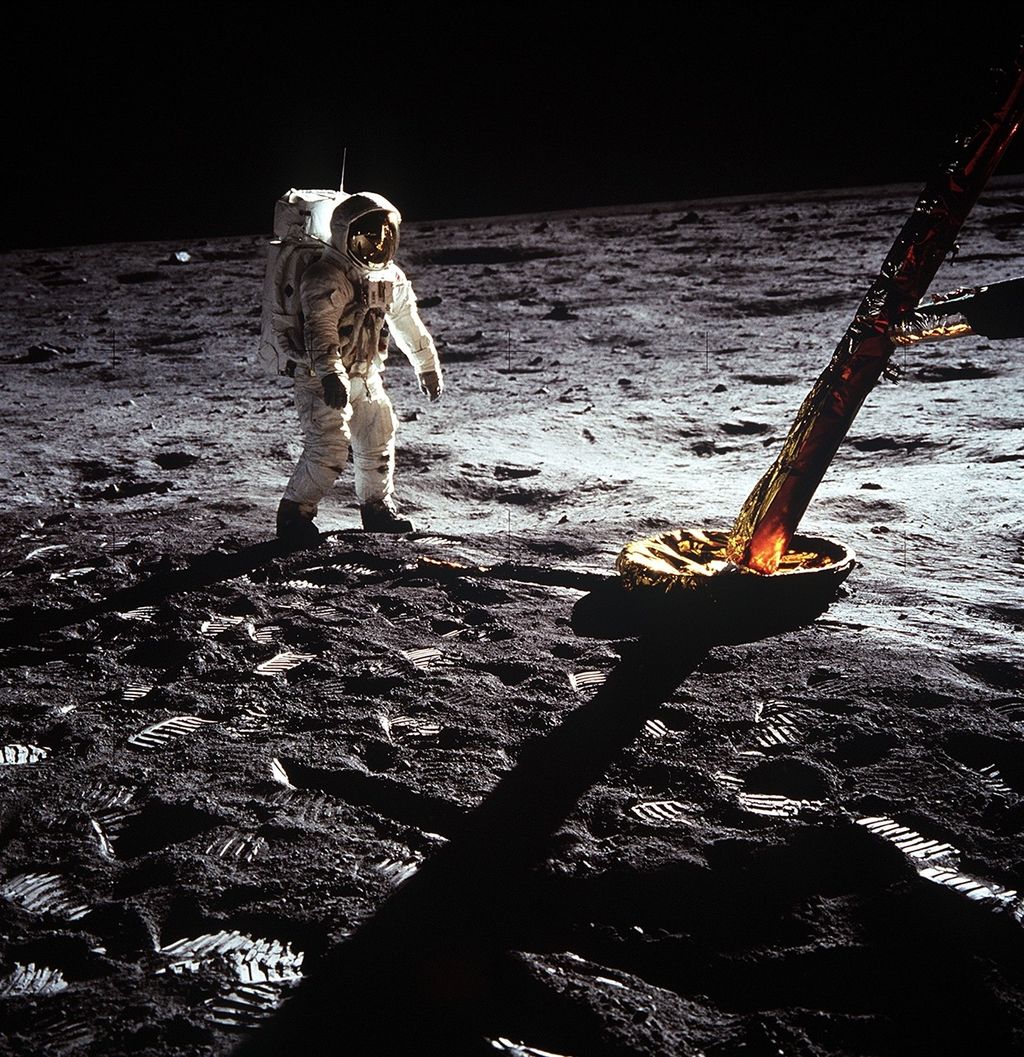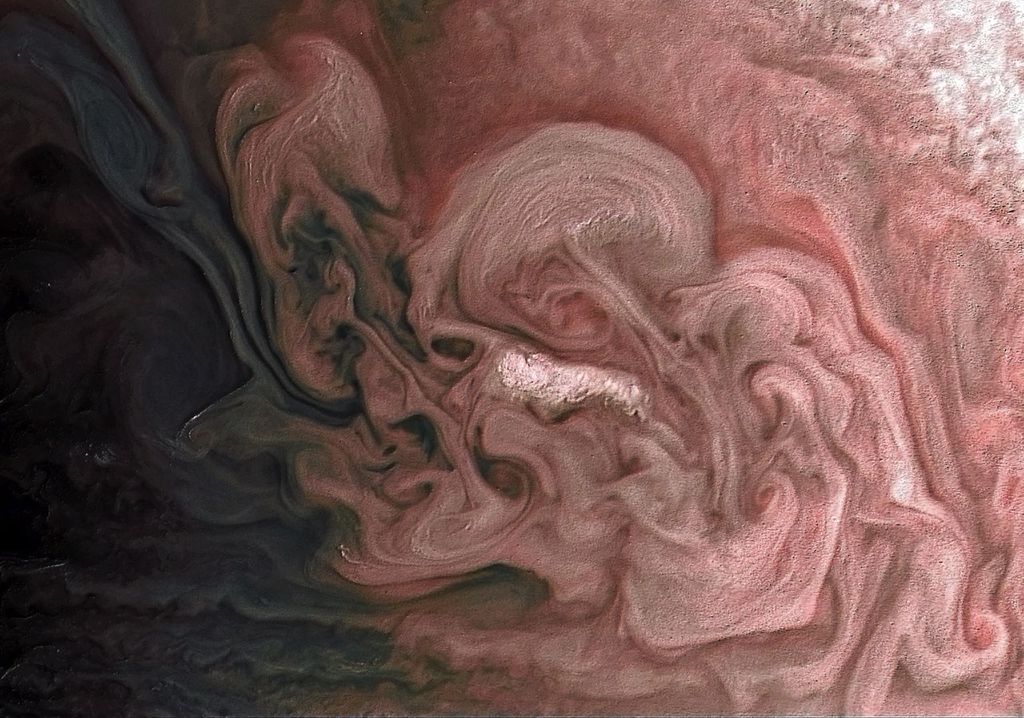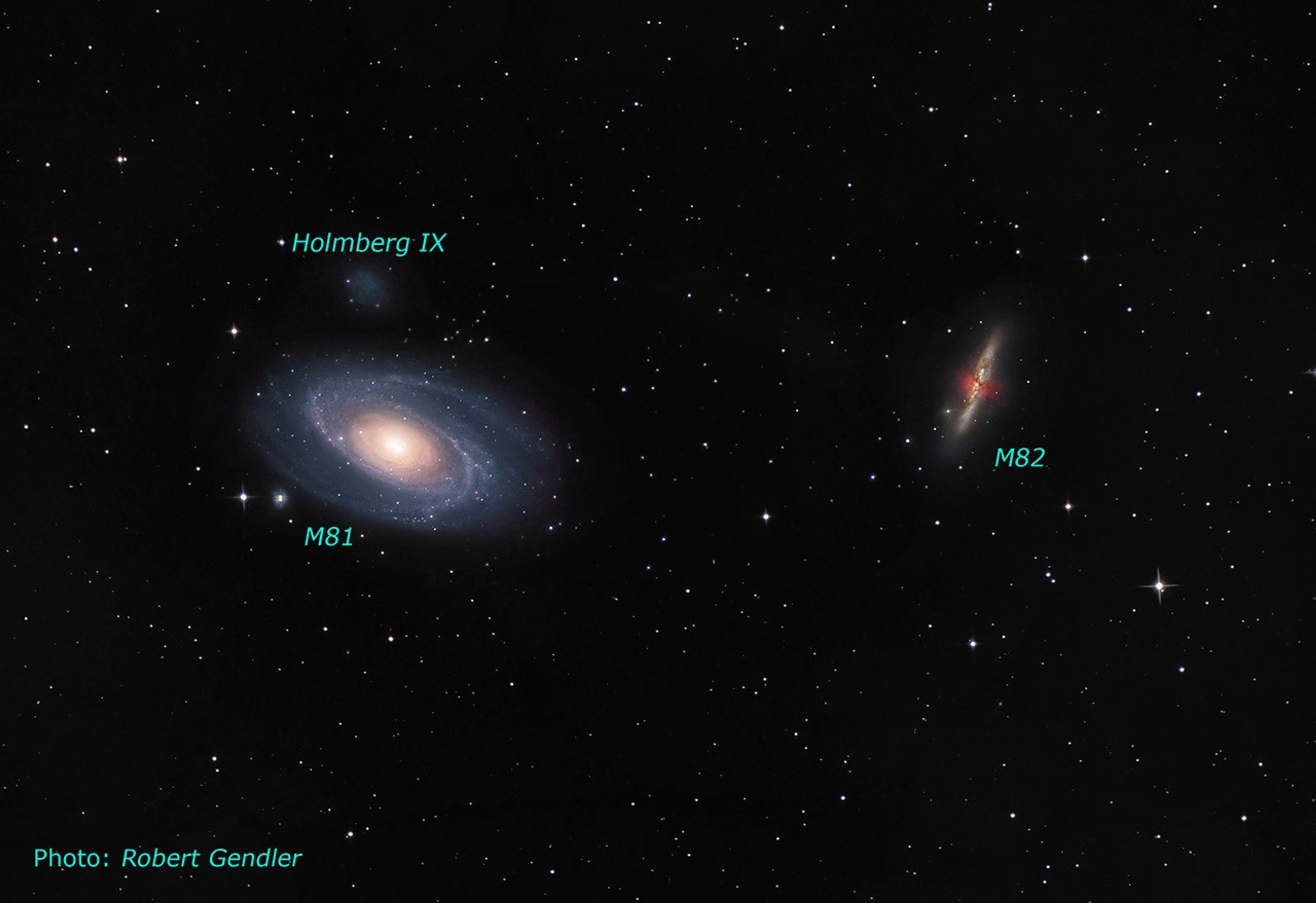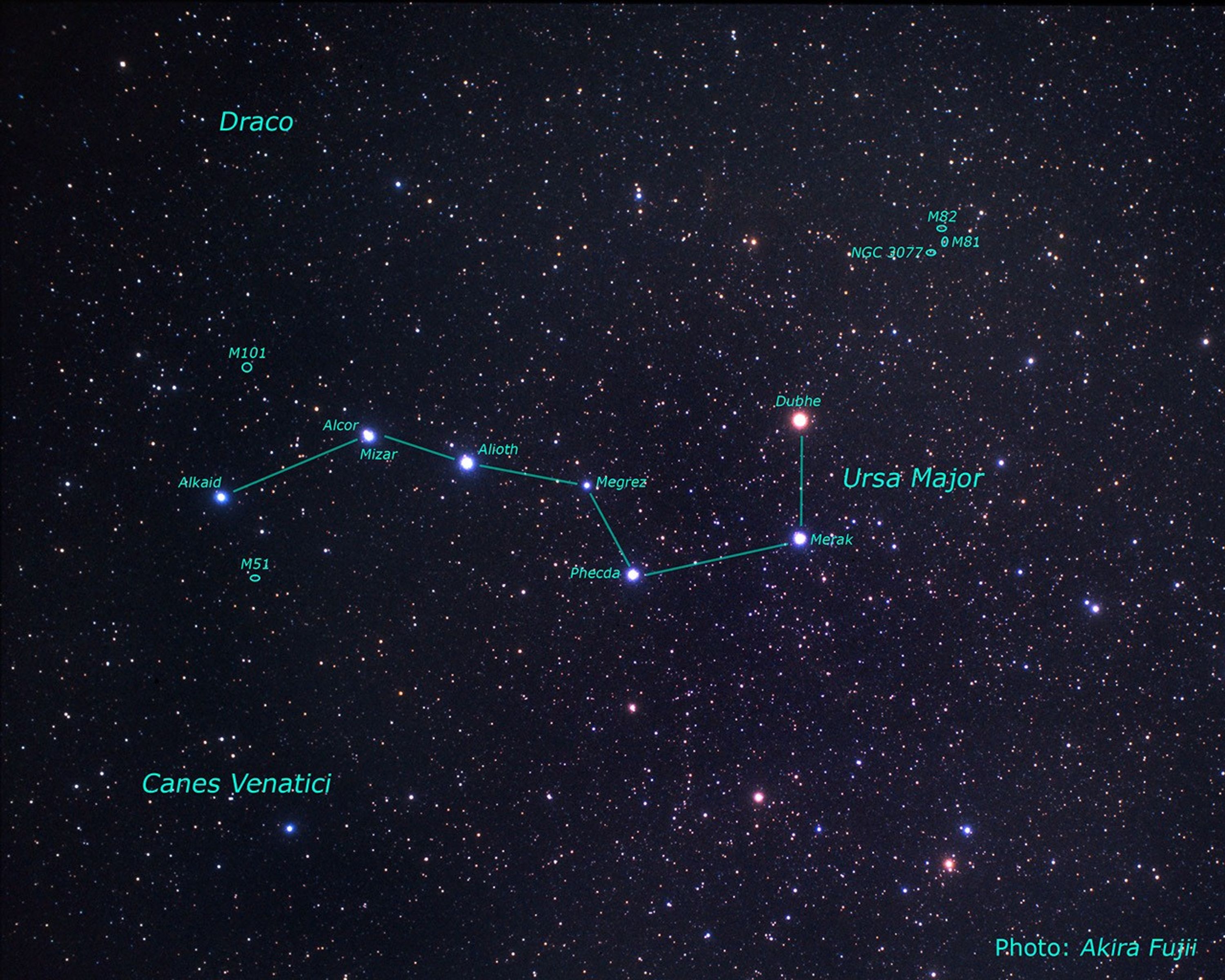1 min read
Dwarf Galaxy Holmberg IX

This loose collection of stars is actually a dwarf irregular galaxy, called Holmberg IX. It resides just off the outer edge of M81, a large spiral galaxy in Ursa Major. This image was taken with Hubble's Advanced Camera for Surveys in early 2006. Holmberg IX is of the so-called Magellanic type of galaxy, as its size and irregularity in structure are similar to the Small Magellanic Cloud, a neighbor to our own Milky Way. Holmberg IX was first discovered by astronomer Sidney van den Bergh in 1959, and cataloged as DDO 66. The galaxy received its "Holmberg IX" naming when it was discussed in Eric Holmberg's study of groups of galaxies ten years later. It is suspected that the dwarf galaxy was created as a result of a galactic interaction between M81 and neighboring galaxy M82.
Of the more than 20,000 stars that can be resolved in this Hubble image, only about 10 percent are considered to be old stars with ages of billions of years. The rest are thought to be young stars with ages of only 10 to 200 million years. Due to the Advanced Camera for Surveys' resolution in this image, astronomers have noted that the old and the young stars have distinct spatial distributions which might be related to their origin.
Simulations predict that the triplet M81, M82, and nearby NGC 3077 had a close passage 200 to 300 million years ago. This close encounter may have triggered the newer star formation that has occurred in Holmberg IX.
The bluish-white fuzz in the space surrounding M81 and Holmberg IX is new star formation triggered by gravitational interactions between the two galaxies. There are many low mass galaxies that form stars in nearby space. While none of these are as dominated by recently produced stars as Holmberg IX, they might be related to the same family. By understanding how Holmberg IX was formed, scientists hope to understand their role as building blocks of large galaxies.
About the Object
- R.A. PositionR.A. PositionRight ascension – analogous to longitude – is one component of an object's position.09h 57m 40.15s
- Dec. PositionDec. PositionDeclination – analogous to latitude – is one component of an object's position.69° 2' 55.39"
- ConstellationConstellationOne of 88 recognized regions of the celestial sphere in which the object appears.Ursa Major
- DistanceDistanceThe physical distance from Earth to the astronomical object. Distances within our solar system are usually measured in Astronomical Units (AU). Distances between stars are usually measured in light-years. Interstellar distances can also be measured in parsecs.12 million light-years (3.6 Megaparsecs)
About the Data
- Data DescriptionData DescriptionProposal: A description of the observations, their scientific justification, and the links to the data available in the science archive.
Science Team: The astronomers who planned the observations and analyzed the data. "PI" refers to the Principal Investigator.The science team comprises D. de Mello (GSFC/Catholic University of America, Washington/JHU), L. Smith (STScI/ESA/University College London), E. Sabbi (STScI), J. Gallagher (University of Wisconsin, Madison), M. Mountain (STScI), and D. Harbeck (University of Wisconsin, Madison). The Hubble image of Holmberg IX was created from HST Proposal: 10605 E. Skillman (University of Minnesota, Twin Cities). - InstrumentInstrumentThe science instrument used to produce the data.HST>ACS/WFC
- Exposure DatesExposure DatesThe date(s) that the telescope made its observations and the total exposure time.March 23, 2006
- FiltersFiltersThe camera filters that were used in the science observations.F555W (V) and F814W (I)
- Object NameObject NameA name or catalog number that astronomers use to identify an astronomical object.Holmberg IX, UGC 5336
- Object DescriptionObject DescriptionThe type of astronomical object.Dwarf Irregular Galaxy
- Release DateJanuary 8, 2008
- Science ReleaseHubble Finds that “Blue Blobs” in Space Are Orphaned Clusters of Stars
- CreditNASA, ESA, and the Hubble Heritage Team (STScI/AURA); Acknowledgment: D. de Mello (Catholic University of America and GSFC)

The HST image is a composite of separate exposures made by the ACS instrument on the Hubble Space Telescope. Two filters were used to sample broad wavelength ranges. The color results from assigning different hues (colors) to each monochromatic image. In this case, the assigned colors are: Cyan: F555W (B) Orange: F814W (I)

Related Images & Videos
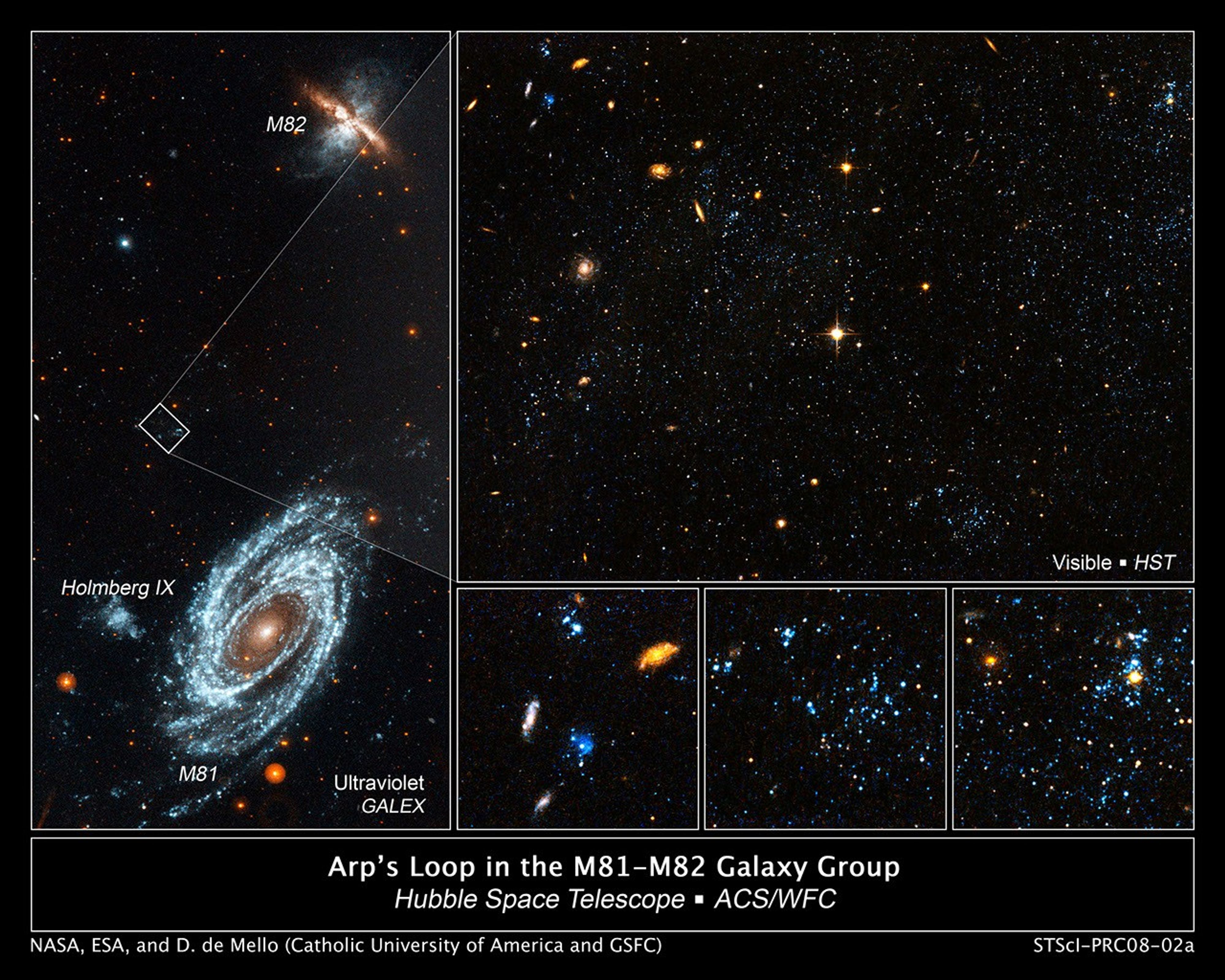
Location of the Blue Blobs in Galaxy Group
[LEFT] A GALEX ultraviolet image of the interacting galaxies M81 and M82, which lie 12 million light-years away in the constellation Ursa Major. The gravity from each galaxy dramatically affected the other during their last close encounter, 200 million years ago. Gas density...
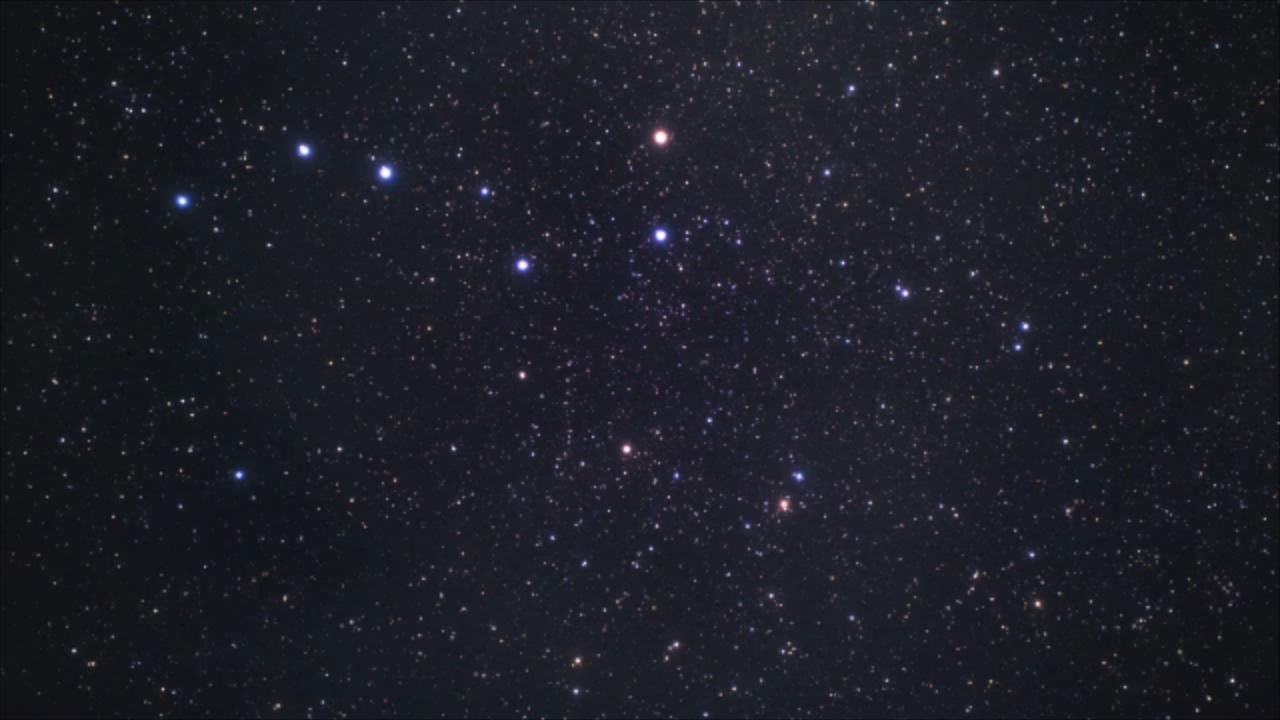
Hubble Zooms in on Dwarf Galaxy
This is a zoom into the dwarf irregular galaxy called Holmberg IX. It resides just off the outer edge of M81, a large spiral galaxy in the constellation Ursa Major. Video starts with a backyard view of Ursa Major. Camera zooms into the M81 and M82 galaxy pair. Scene ends with...
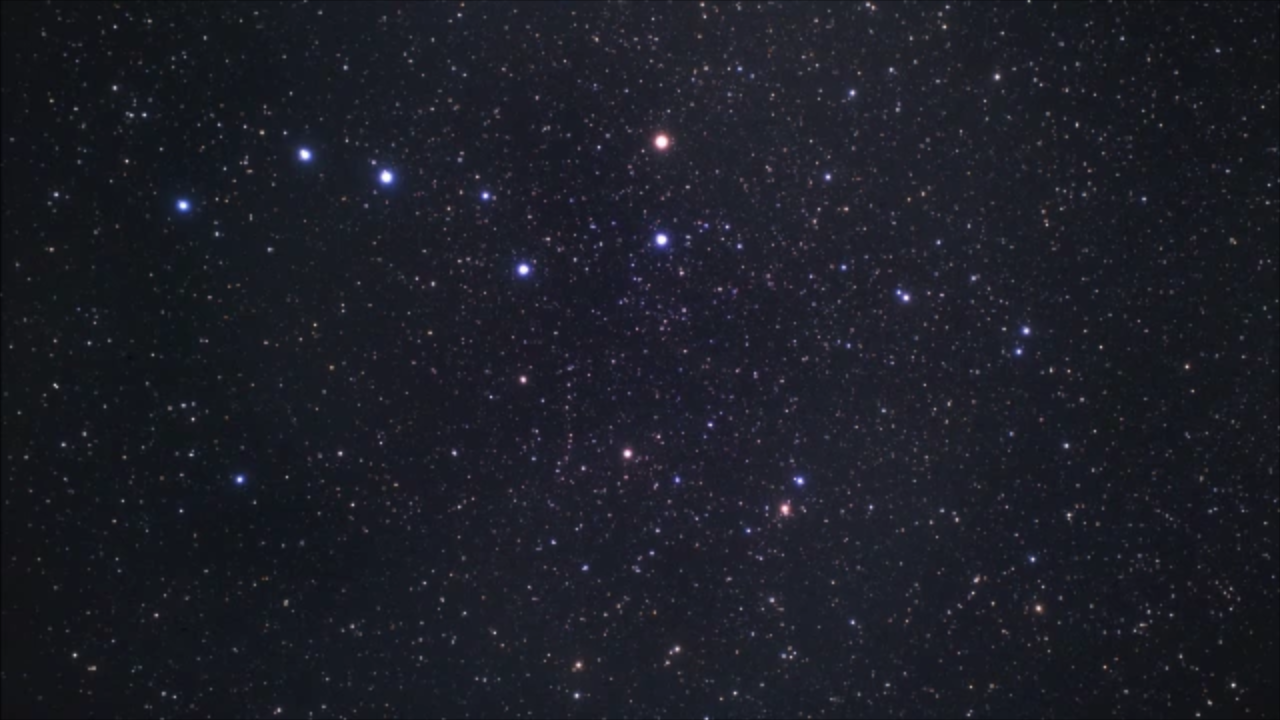
Hubble Zooms in on "Blue Blobs" in Space
This is a zoom into the "blue blobs" found along a wispy bridge of gas strung among three colliding galaxies, M81, M82, and NGC 3077 residing about 12 million light-years from Earth in the direction of the constellation Ursa Major. Astronomers using the Hubble Space Telescope...
Share
Details
Claire Andreoli
NASA’s Goddard Space Flight Center
Greenbelt, Maryland
claire.andreoli@nasa.gov












